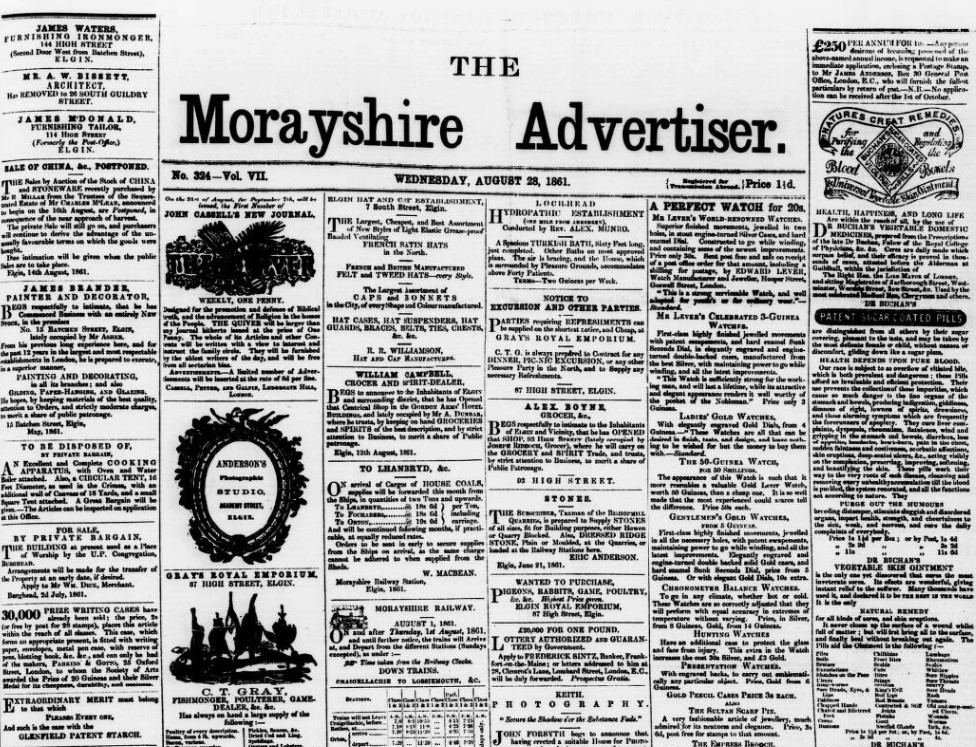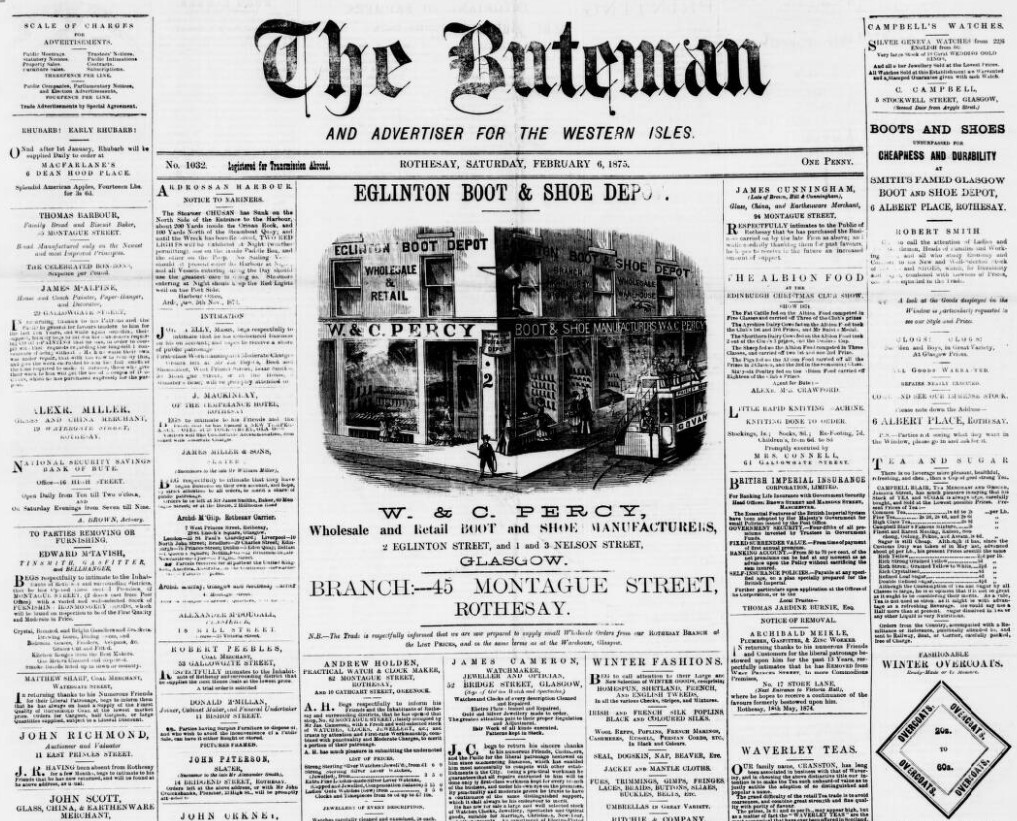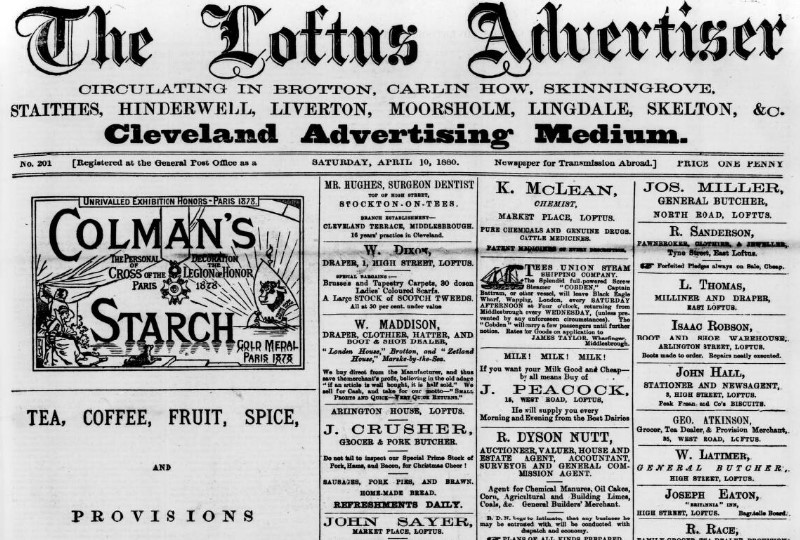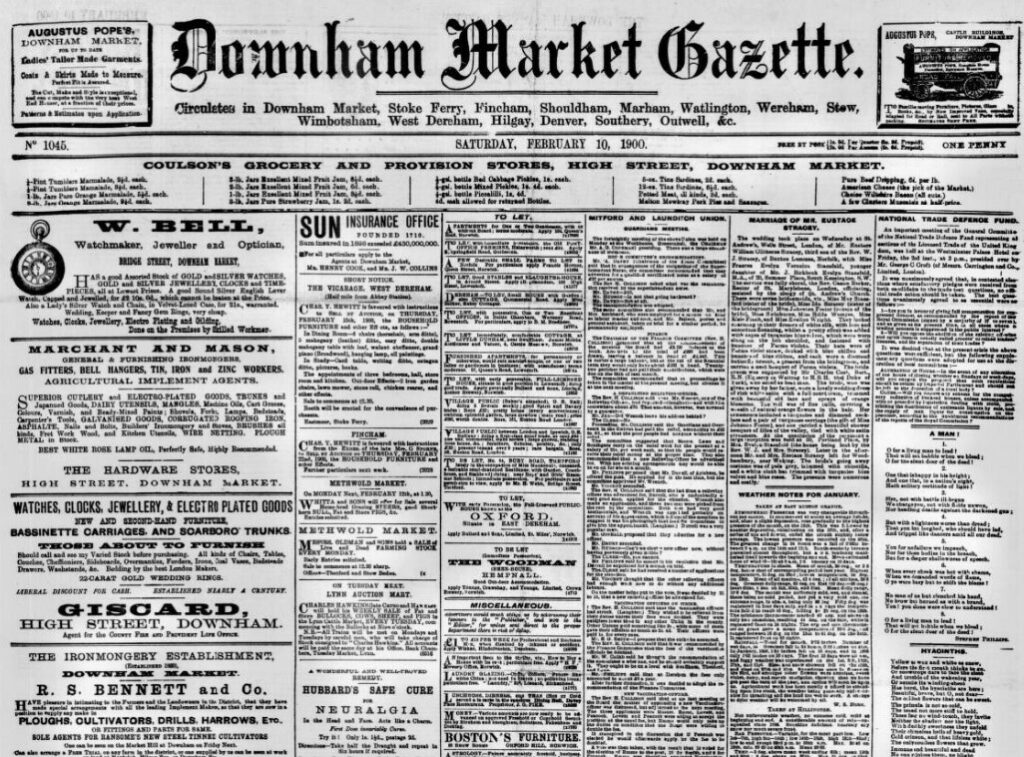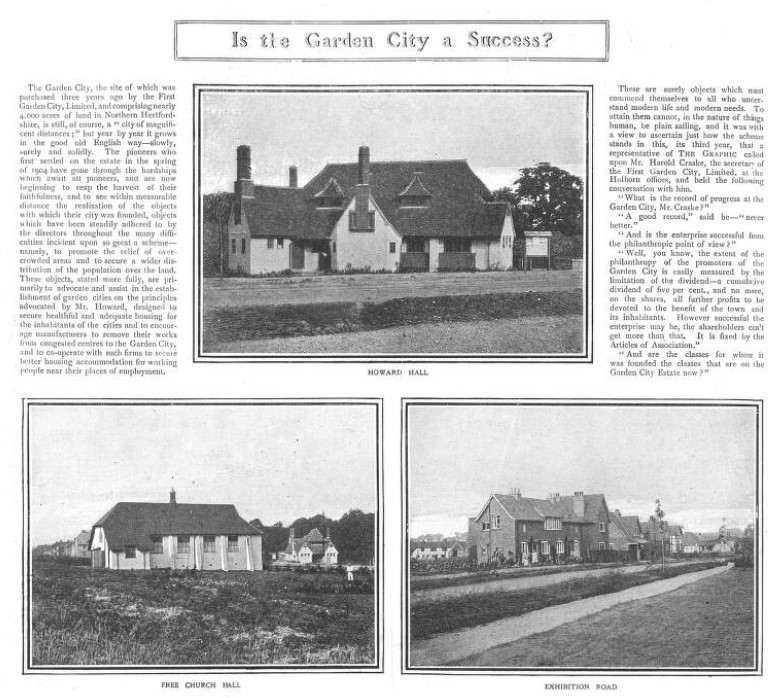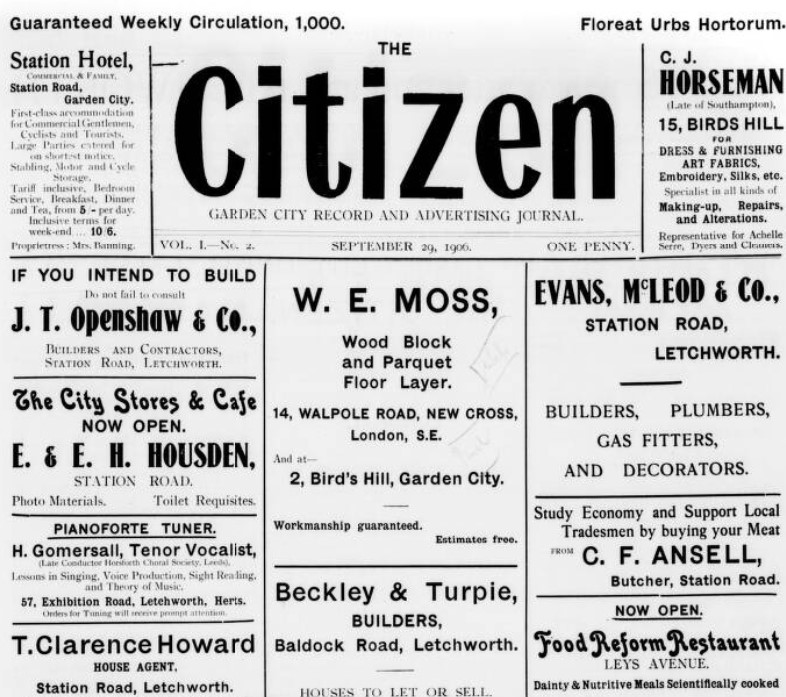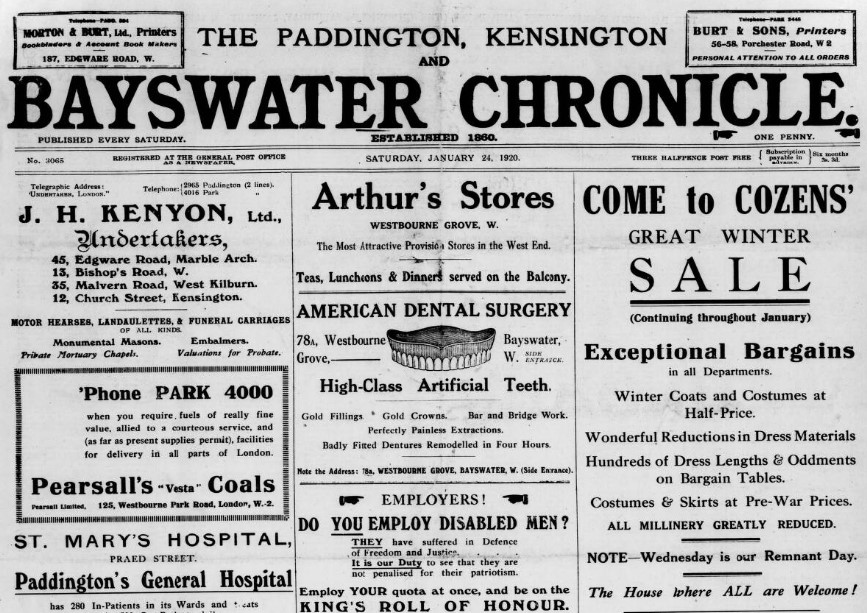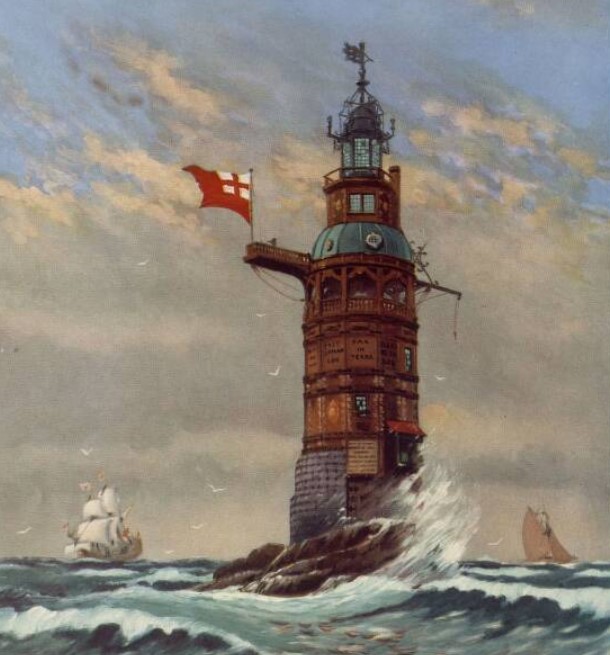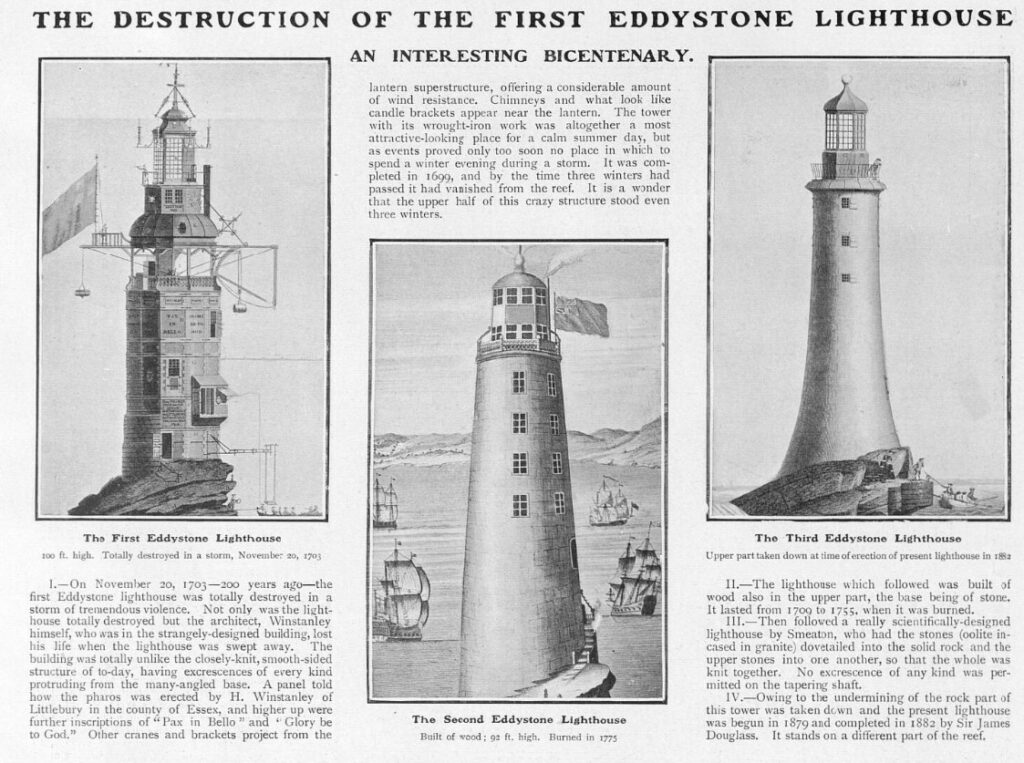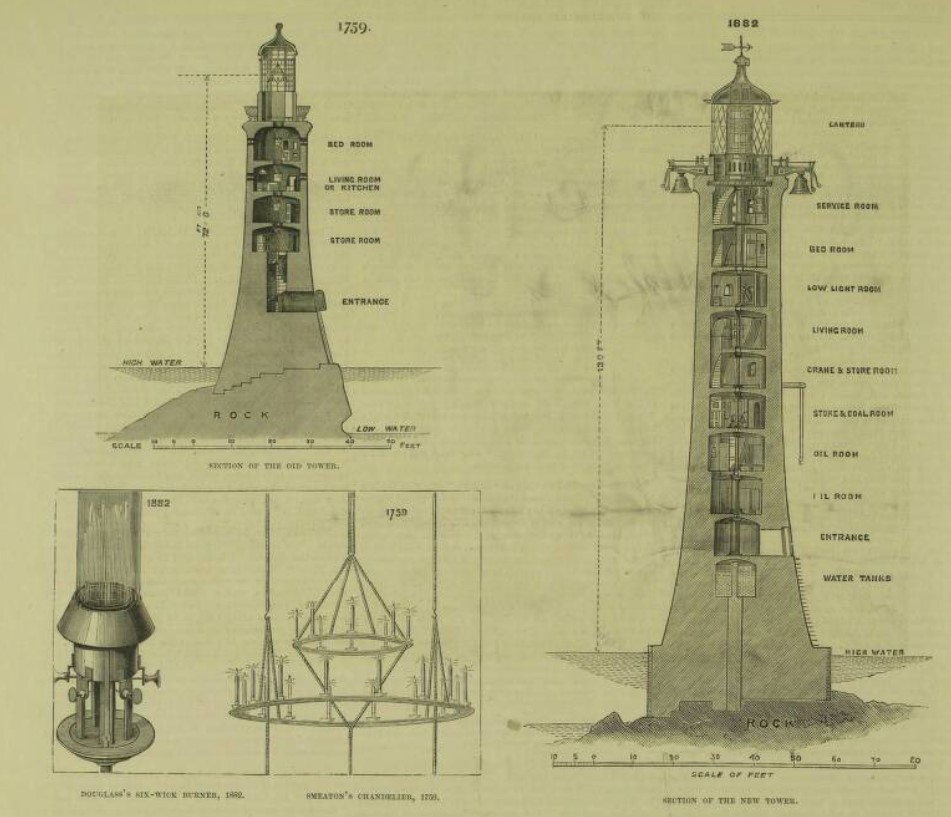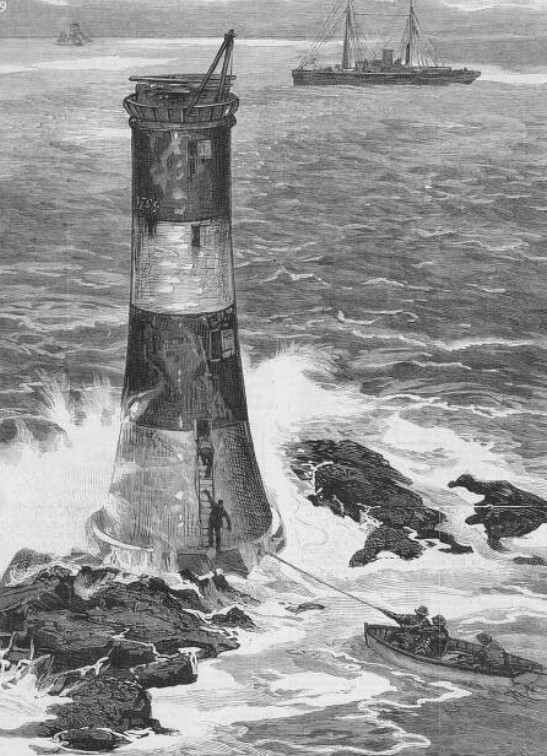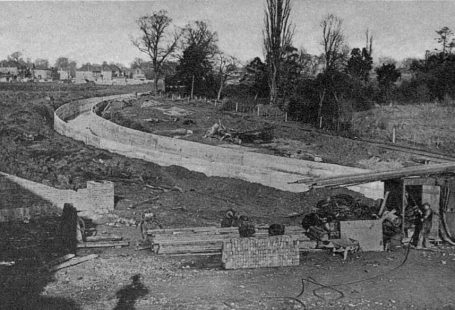This week at The Archive our presses have been whirring to bring you 89,176 brand new pages, some of which illuminate the opening of the fourth Eddystone Lighthouse in May 1882. As if this wasn’t enough, we’ve also added six brand new titles this week, which cover nearly 600 miles across England and Scotland. Meanwhile, we’ve also updated six of our existing titles, with significant updates for the Kent town of Sheerness.
So read on to find out more about all of our new and updated titles of the week, as well as to discover more about the opening of the fourth Eddystone Lighthouse, which took place on 18 May 1882.
Register now and explore the Archive
We begin in the town of Elgin this week, as we introduce the first of our duo of new Scottish titles, the Morayshire Advertiser. The Morayshire Advertiser was founded in the former Royal Burgh of Elgin in 1855, the third newspaper to be published in the town. It was owned by Mr. J. McGillivray, who had served an apprenticeship as a compositor at the Elgin Courier previously, and the publication was smaller in size than its contemporaries.
Indeed, James Grant, in his survey of The Newspaper Press in 1871, stated that he had worked alongside McGillivray, and that his protege’s venture was a success, thanks to the advertisements that were featured in the title, as ‘might be inferred’ from the name. Liberal in its politics, the Morayshire Advertiser appeared every Thursday, filling four pages at the modest cost of three halfpence.
The small newspaper packed a punch, filling its pages with national and international news, with sections dedicated to ‘Town Talk,’ parliamentary happenings, the latest Scottish news, and accidents and offences. However, by 1871, the newspaper had all but ‘withered away,’ according to Charles Joseph Galliari Rampini in his 1897 work A History of Moray and Nairn.
We travel now to the west of Scotland to Rothesay, to welcome our next new title of the week, which is the Buteman. This title was first published on 13 December 1854, and circulated in ‘Rothesay and throughout Bute and Argyll.’ It covered the news from Isle of Bute, where Rothesay is the principal town, as well as from the wider area of what used to be known as Argyllshire.
With the full title of the Buteman and Advertiser for the Western Isles, the newspaper appeared every Saturday at the cost of one pence, and filled four pages. It featured letters to the editor, poetry, as well as sections devoted to the weather, literature, and notices of births, marriages and deaths.
As the twentieth century progressed the Buteman, which was Liberal in its politics, became a weekly tabloid newspaper. It continued to be published on the Isle of Bute until 1980, and it ceased publication in 2019.
We cross the border into England now as we introduce our third new title of the week, which is North Yorkshire’s Loftus Advertiser. The Loftus Advertiser was first published in the market town of Loftus in 1876, and it circulated in ‘Loftus and the Cleveland Iron Districts.’ Independent in its politics, the Loftus Advertiser filled eight pages and cost just one penny.
Circulating in Brotton, Carlin How, Skinningrove, Staithes, Hinderwell, Liverton, Moorsholm, Lingdale and Skelton, the Loftus Advertiser provided a detailed look at current affairs, reporting on both international and national news. It meanwhile provided special interest features, with a column devoted to agriculture, another providing ‘Hints Upon Gardening,’ a ‘Literature and Arts’ column and a ‘Ladies’ Column.’
An entertaining read, the Loftus Advertiser printed serialised fiction, as well as a look at ‘American Items.’ Closer to home, the title featured ‘Local and District News,’ reporting on the latest from the Loftus Cricket Club, the Lofts Local Board, the Guisborough Union and the Brotton Local Board.
The newspaper was published by printer Joseph Cooke, and publication of it ran into the 20th century.
It’s to Norfolk we go now for our next new title of the week, which is the Downham Market Gazette. Appearing every Saturday at the cost of one penny, the title was originally known as the Downham Market Gazette and People’s Weekly Journal, and it was first published in the Norfolk market town of Downham Market on 8 November 1879.
The intent of this publication was to ‘give more prominence to all matters, whether news or correspondence, trading or commercial announcements having a special interest for residents in Downham Market and its surrounding district.’ This was something that the Downham Market Gazette did splendidly, for as well as providing international and national news, most of the eight-page newspaper’s columns were filled with news from Downham Market and its local area, from the likes of Munford, Swaffham, Walsingham and Beccles.
Indeed, the Downham Market Gazette played an important role in the district as it was ‘the only local paper’ in the area. The newspaper also had an agricultural lean, with Downham Market being an important agricultural centre. Independent in its politics, the title featured poetry, serialised fiction, and notices of births, marriages and deaths.
Our next new title of the week is the Citizen (Letchworth), which was founded in Britain’s first garden city Letchworth, in 1906. The first edition of the Citizen, Garden City Record and Advertising Journal, to give the publication its full name, appeared on 22 September 1906, and it dubbed itself the ‘First Weekly Paper in the First Garden City.’
Indeed, Letchworth Garden City had come about only a few years previously, with the development of the ancient settlement of Letchworth beginning in 1903, under the auspices of the First Garden City Limited. This organisation was founded by Ebenezer Howard (1850-1928), who originated the garden city movement. The aim of the movement was to provide people with jobs and housing in an environment that furnished the best of the countryside, something that was widely unavailable in Britain’s industrial and urban areas at the time.
The result was Letchworth Garden City, which in turn resulted in the publication of the Citizen. The inaugural editorial of this seminal title declared:
Now Garden City is nothing if not original, and the originality of the THE CITIZEN is its freedom from political and religious bias; on these and all controversial matters we shall endeavour to maintain strict independence, showing the same impartiality to every sect, creed and political party. Our greatest claim to originality is perhaps the idea of free copies and free distribution…and whilst we can offer such advertisements as will command the attention of readers, we intend to present them each week with terse snapshots of Garden City life, which will be far better than long drawn out items from outside sources.
Indeed, the Citizen was independent in its politics, and it was very much a local newspaper, covering issues that impacted the first garden city, like bad smells. The Citizen was a true local newspaper in its mission and in its contents, reporting on the happenings of the Garden City Association, as well as including features on Letchworth’s parks, recreation, accidents, political meetings and dispensaries.
The newspaper also included sections devoted to church, social and football notes, whilst also printing a short ‘Trade Directory’ for the garden city. The title also printed such features as ‘Some Suggestions for Artistic Improvements in Garden City,’ and had a circulation of 1,000 copies in its early days.
Our final new title of the week hails from London and it is the Bayswater Chronicle, which was a ‘local journal’ for Hyde Park, Paddington, Notting Hill and Kensington in London’s west. First published on 20 June 1860, this publication filled an unusually lengthy twelve pages, at the cost of just one pence. Its inaugural edition spoke of its wish to be ‘independent without being personal,’ maintaining a ‘temperate tone’ on all things political.
Published from Westbourne Grove, the Bayswater Chronicle devoted much of its pages to local issues, reporting on the happenings at the local churches and local vestries, as well as providing updates on the local baths and rifle volunteers. The newspaper also printed a variety of special interest sections, incorporating university intelligence, fashionable news, and literary intelligence. The Bayswater Chronicle also featured serialised fiction, and national news.
That’s it from our six wonderful new titles of the week. We’ve also updated six of our existing titles this week, with more pages joining the Eastern Post from London’s East End, Suffolk’s Haverhill Echo, Hampshire’s New Milton Advertiser and Cheshire’s Macclesfield Times. It’s bumper week for Kent this week too, with over 25,000 brand new pages joining the Sheerness Guardian and East Kent Advertiser and the Sheerness Times Guardian.
The Opening of the Fourth Eddystone Lighthouse
On 18 May 1882 the fourth Eddystone Lighthouse, which is situated on Eddystone Rocks, off the Cornish coast, was illuminated for the first time. The first lighthouse at Eddystone, which was built by Henry Winstanley (1744-1703) in 1696, was the very first recorded instance of an offshore lighthouse. It, however, was swept away by a storm, along with its designer, in 1703, and two more lighthouses followed on the site.
John Rudyard’s (1650-c. 1718) lighthouse at Eddystone was completed in 1709, and it lasted until 1755, when it burnt down. Civil engineer John Smeaton (1724-1792) was the next person to take responsibility for the building of Eddystone Lighthouse, the third such structure, and the light was first lit at his lighthouse in 1759. This was set to be the longest lasting lighthouse so far, until erosion to the rocks under the structure meant that a fourth lighthouse had to be constructed.
Our new newspaper the Downham Market Gazette sheds some light on this process. On 18 February 1882 the title reported how ‘Mr. Councillor Moon, of Plymouth, has offered to be one of any ten gentlemen who will at their own cost remove Smeaton’s old lighthouse from Eddystone and erect it on Plymouth Hoe.’
Indeed, the upper part of Smeaton’s lighthouse was rebuilt on Plymouth Hoe, whilst construction began on the fourth lighthouse, which was designed by civil engineer James Douglass (1826-1898). The foundation stone was laid by the Duke of Edinburgh, Queen Victoria’s second son and the Master of Trinity House, on 19 August 1879.
Just under three years later, the Duke of Edinburgh was at Eddystone Lighthouse once more, this time to open the structure. The Downham Market Gazette reports how:
The ceremony of opening the new Eddystone Lighthouse was performed on Thursday at noon precisely by the Duke of Edinburgh, who ascended to the top gallery thence leading off three cheers, which were taken up by those in the vessels below. The Elder Brethren of the Trinity House and the Mayors of three adjacent towns, were amongst the company.
Meanwhile, the civil engineer responsible for the fourth Eddystone Lighthouse, James Douglass, was set to be knighted for his work. On 27 May 1882 the Downham Market Gazette reported how it was ‘believed that the honour of knighthood will be conferred on Mr. Douglass, the engineer of the Trinity House, in recognition of his services in connection with the new Eddystone Lighthouse.’
Indeed, James Douglass was knighted for his work, and is remembered as a prolific lighthouse builder. Meanwhile, the Eddystone Lighthouse, which he designed, remains in operation to this day.
New Titles
| Title | Years Added |
| Bayswater Chronicle | 1860-1873, 1878, 1893, 1896, 1909-1939, 1944-1949 |
| Buteman | 1875, 1882, 1884, 1887-1889, 1892 |
| Citizen (Letchworth) | 1906-1916 |
| Downham Market Gazette | 1879-1889, 1891-1895, 1897-1911, 1913-1916 |
| Loftus Advertiser | 1879-1895, 1897, 1899-1906, 1909-1916 |
| Morayshire Advertiser | 1858-1864 |
Updated Titles
This week we have updated six of our existing titles.
You can learn more about each of the titles we add to every week by clicking on their names. On each paper’s title page, you can read a FREE sample issue, learn more about our current holdings, and our plans for digitisation.
| Title | Years Added |
| Eastern Post | 1922-1925, 1927-1938 |
| Haverhill Echo | 1941-1943 |
| Macclesfield Times | 1925 |
| New Milton Advertiser | 1990 |
| Sheerness Guardian and East Kent Advertiser | 1894-1896, 1899-1911, 1913-1932, 1934-1939 |
| Sheerness Times Guardian | 1940-1948, 1979 |
You can keep up to date with all the latest additions by visiting the recently added page. You can even look ahead to see what we’re going to add tomorrow.


